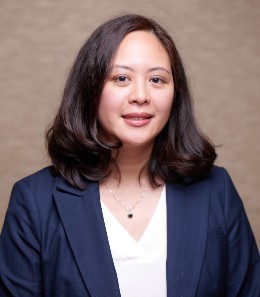Treaty based visas for Singapore, Chile and Australia help professional workers get visa to work in the United States without being subject to the annual H-1B cap. The H-1B status is available to applicants who hold a U.S. bachelor's level university degree, or its equivalent education and/or work experience, and who will work in an occupation where that specific or related degree is the normal minimum requirement for employment in the offered position.
There is an annual limit or “cap” on the number of new foreign workers who can be granted H-1B status to work for for-profit and some non-profit employers. Current regulations limit the annual number of qualifying foreign workers who may be issued an H-1B visa or otherwise be provided H-1B status to 65,000 with an additional 20,000 under the H-1B U.S. advanced degree exemption. This cap through a lottery selection makes H-1B status unavailable for most of the government fiscal year, which can create serious problems for foreign nationals who are seeking H-1B status for the first time. However, there is some hope for nationals of Australia, Chile, and Singapore.
Treaties and trade agreements between the United States and Australia, Chile and Singapore provide the following professional work visa options for their citizens.
H-1B1 for Chileans and Singaporeans: The H-1B1 program allows employers to temporarily employ foreign workers from Chile and Singapore in the United States on a nonimmigrant basis in specialty occupations like the H-1B. The annual limit allotted for H-1B1 visas is 6,800 with 1,400 from Chile and 5,400 from Singapore. H-1B1 visas are issued in increments of one year with the ability to request an additional one to two extensions based on the current climate with the U.S. consulates. Unlike the H-1B which allows for dual intent, H-1B1 visa holders must possess non-immigrant intent, meaning that they must have the intent to return to their home country and show that they have a residence outside of the United States that they don’t intend to abandon and that they have strong ties to their home country.
E-3 for Australians: The E-3 program allows employers to temporarily employ foreign workers from Australia in the U.S. on a nonimmigrant basis in specialty occupations like the H-1B. The annual limit for E-3 visas is 10,500. E-3 visas are issued in increments of two years and may be renewed indefinitely. Similar to the H-1B1 visa for Chileans and Singaporeans, E-3 visa holders must possess non-immigrant intent.
Advantages for both H-1B1 and E-3 Visa Holders
- A petition filed with USCIS is not required. Applicants that are eligible can submit their visa application directly at a U.S. consulate. Eligible applicants who are in the United States can elect to file a change their status from a non-immigrant visa status to H-1B1 or E-3 through a petition filed with USCIS.
- The employment start date can be at any time during the year unlike the H-1B cap start date of October 1.
- The H-1B1 and E-3 visa quotas are rarely reached for each USCIS fiscal year.
- Dependent family members (spouse and children under the age of 21) can accompany the principal visa holder to the U.S. but they do not obtain employment authorization
If you are from one of these countries, looking at these visa options might help you secure a job and a visa to come to the United States.
Our team at Trow & Rahal has extensive experience in this field, and we are pleased to help strategize on how best to address your immigration needs.

